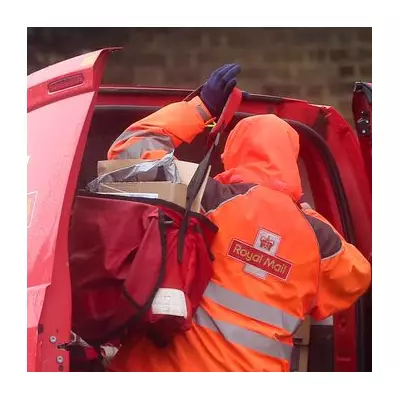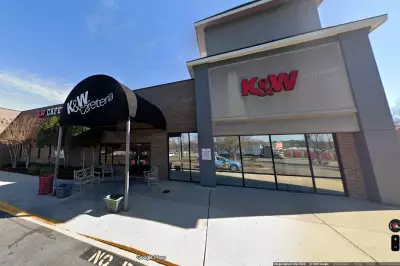
Millions of British motorists are risking immediate MOT failure and hefty repair bills by overlooking one crucial aspect of vehicle maintenance - their tyres. Recent data reveals that tyre-related issues constitute one of the most common reasons for test failures across the UK.
The Hidden Dangers on Your Wheels
While many drivers diligently check their fuel levels and engine oil, tyres often receive minimal attention until problems become unavoidable. This neglect can lead to dangerous driving conditions and automatic MOT rejection.
The Critical Checks You Can't Afford to Miss
Tread Depth: The legal minimum tread depth in the UK is 1.6mm across the central three-quarters of the tyre, around its entire circumference. Many garages recommend replacing tyres before they reach this limit for optimal safety.
Tyres Older Than 10 Years: Even with sufficient tread, tyres over a decade old may be deemed unsafe for road use, particularly on steering axles.
Pressure Problems: Both under-inflated and over-inflated tyres can lead to MOT failure. Incorrect pressure affects vehicle handling, braking efficiency, and fuel consumption.
Visible Damage: Cuts, bulges, cracks, or exposed cords are immediate failure points that compromise tyre integrity.
Beyond the Obvious: Lesser-Known Failure Points
Many drivers are unaware that having different types of tyres on the same axle or using an incorrect size can also result in MOT failure. Additionally, missing valve caps, while not a direct failure reason, can indicate poor maintenance.
Proactive Maintenance Pays Off
Regular monthly checks can prevent unexpected MOT failures. The 20p test remains a popular method for quick tread depth verification, but investing in a proper tread depth gauge provides more accurate readings.
Remember that worn tyres significantly increase stopping distances, particularly in wet conditions. Proper maintenance isn't just about passing your MOT - it's about ensuring your safety and that of other road users.





